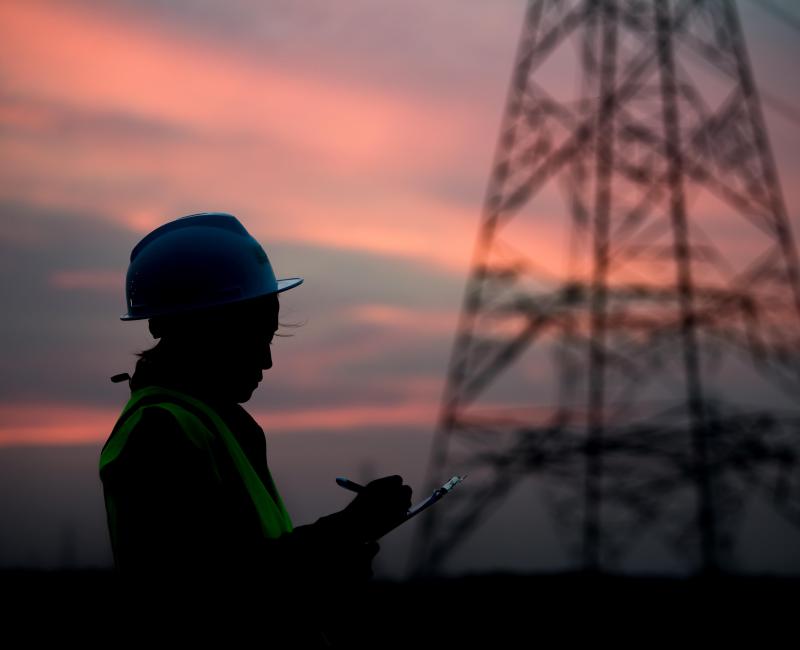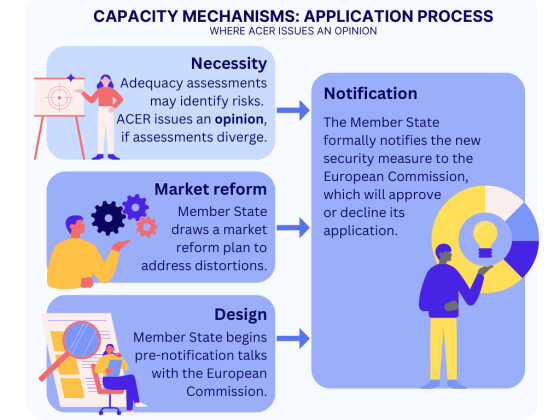ACER's first Opinion on a National Resource Adequacy Assessment highlights the need to evaluate how new investments can reduce electricity supply security risks

ACER's first Opinion on a National Resource Adequacy Assessment highlights the need to evaluate how new investments can reduce electricity supply security risks
What is it about?

Today, ACER releases its Opinion on the National Resource Adequacy Assessment of Estonia. This is the first ACER Opinion on a National Resource Adequacy Assessment (NRAA).
What is a resource adequacy assessment?
The European Resource Adequacy Assessment (ERAA) identifies potential concerns about electricity resource adequacy across the EU and provides an objective framework for assessing the need for additional national measures to ensure security of electricity supply. ERAA is carried out on an annual basis by the European Network of Transmission System Operators for Electricity (ENTSO-E) and reviewed by ACER. In May 2024, ACER approved ERAA for the first time.
Member States can complement the European analysis with their own national assessment (NRAA). While national assessments follow the ERAA methodology, they may introduce changes in terms of, for example:
- new information as it becomes available since the latest ERAA;
- national specificities that are not reflected in ERAA.
Why an ACER Opinion?
When a national assessment identifies new adequacy concerns, and the Member State informs ACER, ACER must issue an Opinion on the differences between the national and European assessments.
In some cases, ACER’s opinion can play a role in the capacity mechanism application process. This process includes:
- identifying the necessity for the State aid measure;
- drafting the market reform plan;
- designing the eventual State aid measure.
Once all steps are finalised, the Member State may offer additional remuneration to resources through the capacity mechanism to close the forecasted adequacy gap.
What are ACER findings?
- The Estonian NRAA includes elements that represent a positive benchmark for future national assessments by:
- Modelling the relevant neighbouring countries (and ensuring the interconnected market is taken into account).
- Using ERAA 2023 as a starting point to ensure consistency and comparability between the two assessments.
- The differences with some of the ERAA 2023 assumptions are justified, as the Estonian NRAA:
- Incorporates new information about interconnector commissioning and renewable energy development.
- Better reflects regional specificities concerning balancing reserves.
- Includes a sensitivity analysis to illustrate the role of oil shale-based generation at national level.
- However, the application of the updated assumptions is inconsistent throughout the assessment. While they have been used to recalculate the resource adequacy risk, their impact on the market (e.g. whether investments in new resources can mitigate the adequacy risk) has not been evaluated.
What are the next steps?
Considering these findings, ACER recommends the Estonian Transmission System Operator to assess how the new assumptions may impact the market and, if necessary, to amend the NRAA. This will improve the consistency of the Estonian adequacy assessment and the robustness of its results.


